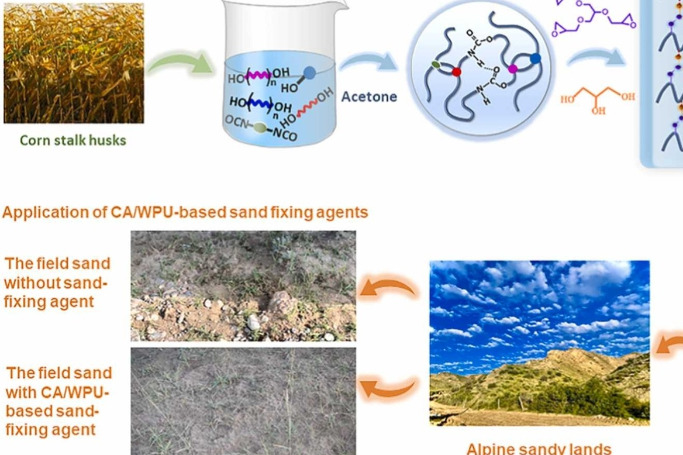Super Diamond
Chinese scientists make rare, ultra-hard, pure ‘super diamond’ in the lab
The researchers behind the development say it could have industrial applications in some key sectors, with diamonds already widely used in industrial areas such as cutting and polishing tools. Most natural and synthetic diamonds have a cubic structure but ultra-hard diamonds, also known as lonsdaleite, have a hexagonal crystal structure
Previously, the hardest diamonds were found only in impact craters, making them very rare and small. The first ultra-hard diamond was found in the Canyon Diablo meteorite in Arizona in 1967.
Scientists have struggled to recreate lonsdaleite in the laboratory but now, a team of Chinese researchers have engineered a way to synthesise “well-crystallised, nearly pure” hexagonal diamonds from graphite.
The team, led by Liu Bingbing and Yao Mingguang of Jilin University in northeast China, in collaboration with Zhu Shengcai of Sun Yat-sen University in Shenzhen, Guangdong province, found that graphite formed a structure called the “post-graphite phase” that resulted in a hexagonal diamond when compressed and heated under extremely high pressure.
This is not the first time the material has been produced in the lab. In 2021, for example, a group of US researchers reported that they had created hexagonal diamonds large enough to measure their stiffness using sound waves. At the time, Travis Volz, a co-author of the study and a postdoctoral researcher at Lawrence Livermore National Laboratory, said the lab-made material had potential in industry.
“Since we found that the hexagonal diamond is likely harder than the cubic diamond, it could be a superior alternative for machining, drilling or any type of application where the cubic diamond is used,” Volz said. Another leader of the US study said it was possible that hexagonal diamonds could one day be used in engagement rings.
The results were published in the peer-reviewed journal Nature Materials on February 10. According to the paper, the synthetic material is of high quality and has excellent physical properties. It is 40 per cent harder than a natural diamond, and has greater thermal stability than nanodiamonds, which are less than 100 nanometres across.
The hexagonal diamond’s excellent thermal stability and ultra-high hardness “suggest its great potential for industrial applications”, the authors wrote.
“Our findings offer valuable insights regarding the graphite-to-diamond conversion under elevated pressure and temperature, providing opportunities for the fabrication and applications of this unique material,” they said.
We are thrilled to extend a warm welcome to the
China Scientist Awards!
Join us for the China Scientist Awards, a premier event in the realm of research. Whether you're joining virtually from anywhere in the world, this is your invitation to explore and innovate in the field of research. Become part of a global community of researchers, scientists, and professionals passionate about advancing research.
visit: chinascientist.net
Nomination Link: https://chinascientist.net/award-nomination/?ecategory=Awards&rcategory=Awardee
Registration Link:https://chinascientist.net/award-registration/
For inquiries, contact us at contact@chinascientist.net-------------------------------------Other website:
Nomination Link: https://chinascientist.net/award-nomination/?ecategory=Awards&rcategory=Awardee
Registration Link:https://chinascientist.net/award-registration/
For inquiries, contact us at contact@chinascientist.net




Comments
Post a Comment